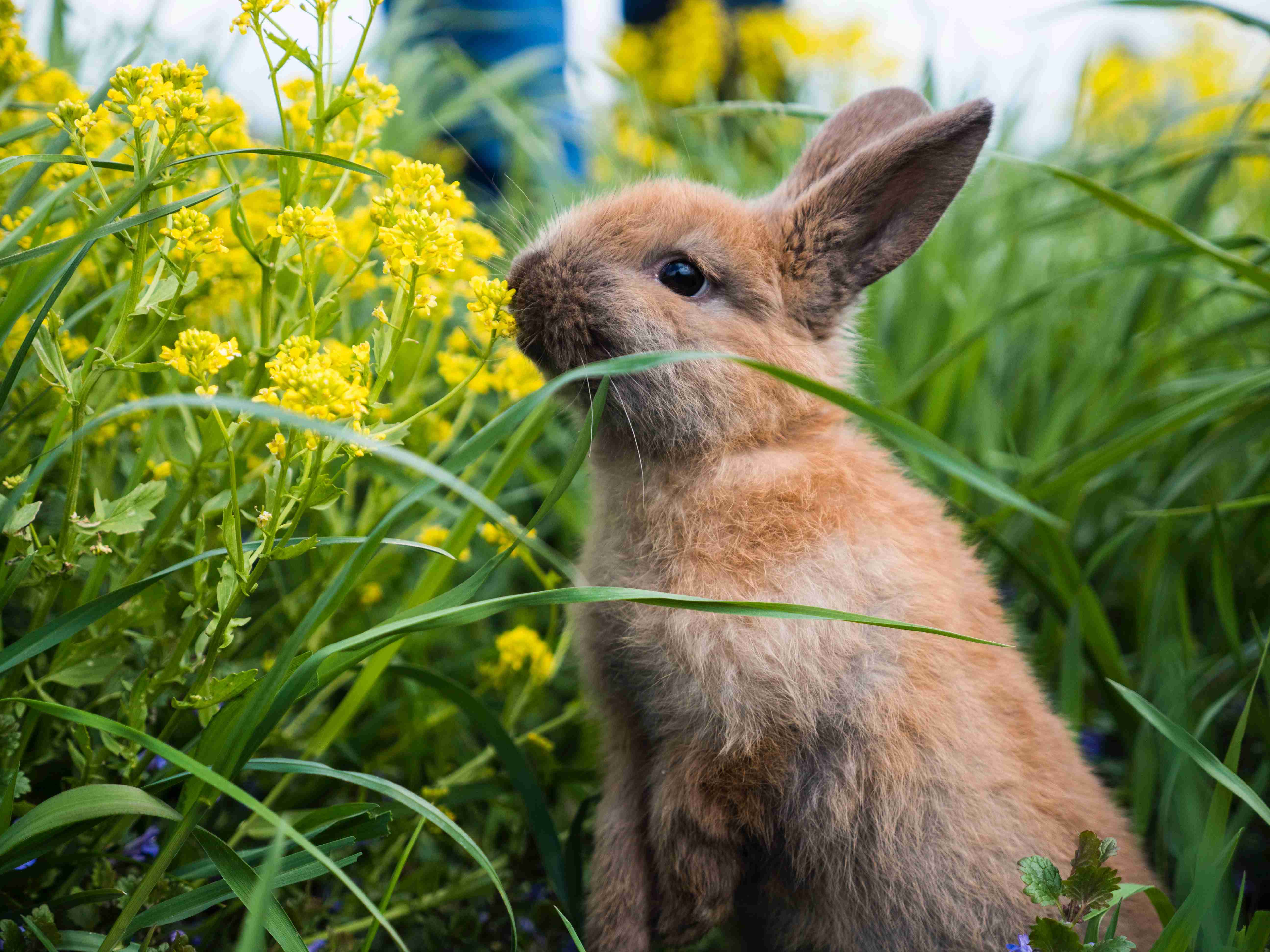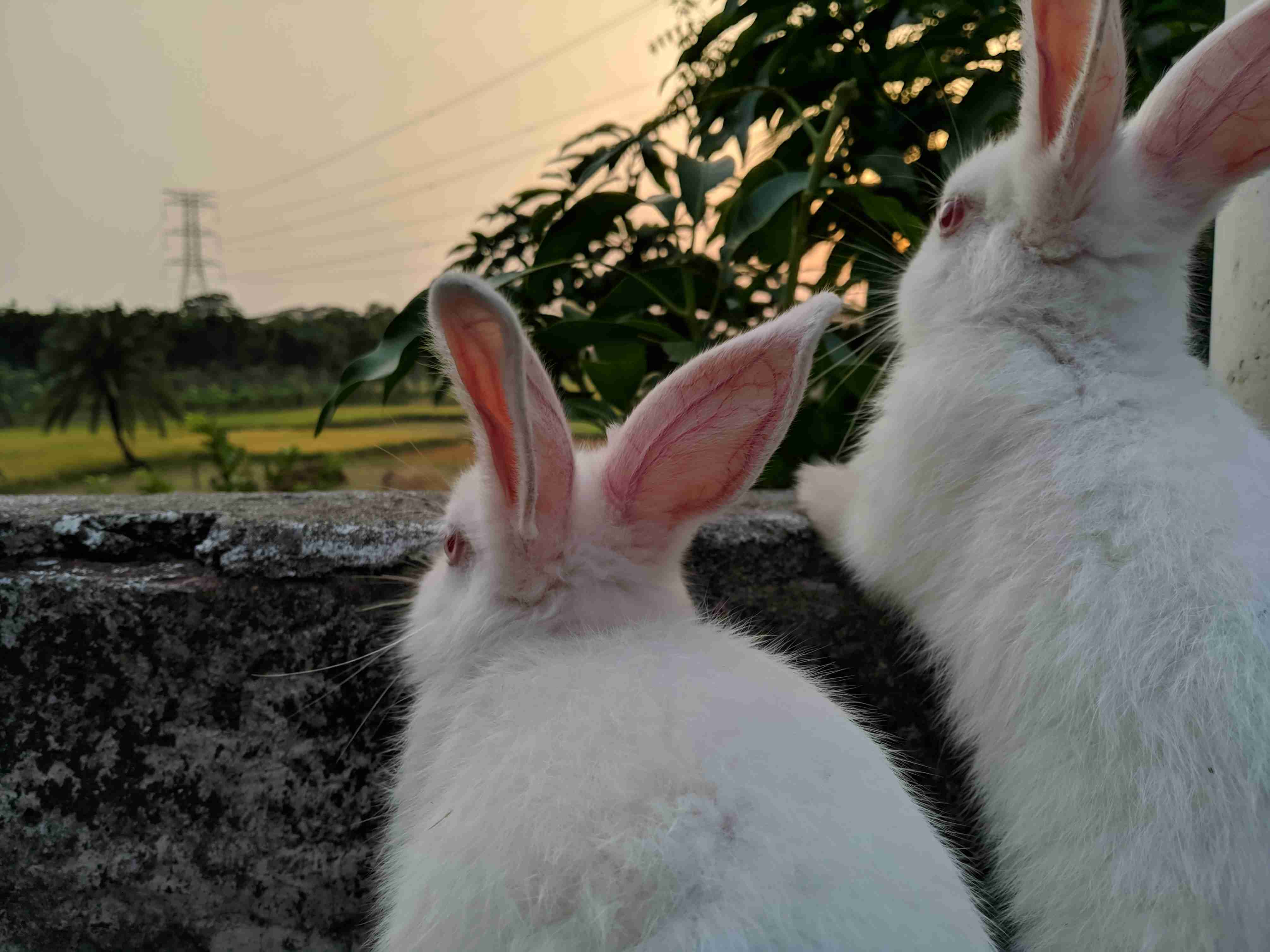Pets add joy and companionship to our lives, and for many couples, this may include the delightful addition of a rabbit. Rabbits are wonderful pets known for their cute and cuddly nature. However, it is essential to create a safe and comfortable living space for them to thrive. In this blog post, we will explore the steps that couples can take to ensure their rabbit’s well-being.
Providing a Safe and Comfortable Living Space for Your Rabbit
1. Choose the right cage or hutch:
– Invest in a spacious cage or hutch that allows your rabbit to move around freely.
– Make sure the space is well-ventilated and offers protection from harsh weather conditions.
– Opt for cages with solid floors to prevent injury to your rabbit’s feet.
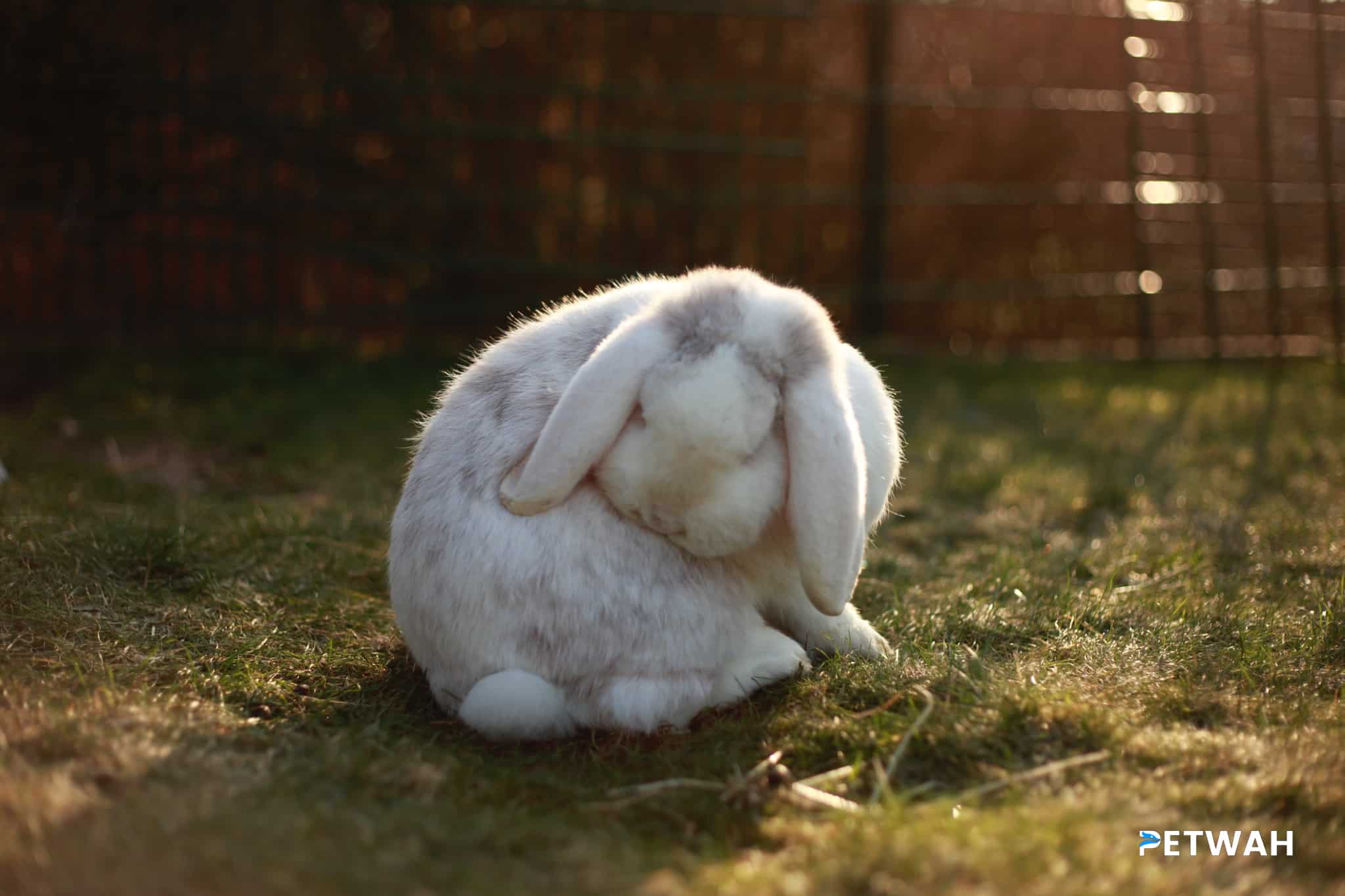
2. Consider a playpen or indoor enclosure:
– Give your rabbit time outside the confines of their cage by setting up a playpen or indoor enclosure.
– This will provide them with more space to explore and exercise.
3. Create a cozy resting area:
– Line the cage with soft bedding material to create a comfortable resting place for your rabbit.
– Choose bedding made from natural materials like hay or straw to ensure their well-being.
– Avoid using cedar or pine shavings as they can be harmful to rabbits’ respiratory systems.
4. Provide mental stimulation:
– Rabbits are intelligent animals, and it’s important to keep their minds engaged.
– Offer toys and puzzles that encourage mental stimulation.
– Provide tunnels or hiding spots for your rabbit to explore.
5. Ensure a healthy diet:
– A balanced diet is crucial for your rabbit’s well-being.
– Provide unlimited access to fresh hay, as it aids in digestion and dental health.
– Supplement their diet with fresh vegetables, limited amounts of pellets, and clean water.
Quotes:
According to The House Rabbit Society:
“Rabbits need exercise time outside of their cages to maintain their physical and mental health.”
The American Society for the Prevention of Cruelty to Animals (ASPCA) suggests:
“Rabbits should have daily access to a large exercise area or be provided with enrichment activities to compensate for confinement.”
External Links:
1. House Rabbit Society: https://rabbit.org/
2. ASPCA: https://www.aspca.org/pet-care/small-pet-care/rabbits
FAQs
Q1. How much exercise do rabbits need?
A1. Rabbits require a minimum of three to four hours of exercise outside their cages each day to maintain their physical and mental health.
Q2. Can rabbits be kept outdoors?
A2. While some rabbits can be kept outdoors, they require a secure and predator-proof enclosure, protection from extreme weather conditions, and plenty of human interaction.
Q3. Do rabbits need companionship?
A3. Yes, rabbits are social animals and thrive in the company of their own kind. It is recommended to keep them in pairs whenever possible.
Q4. Can rabbits be litter-trained?
A4. Yes, rabbits can be trained to use a litter box. Use a litter box filled with rabbit-safe litter and place it in the spot where your rabbit tends to eliminate.
Q5. Do rabbits need vaccinations?
A5. Yes, rabbits should be vaccinated against common diseases such as Rabbit Hemorrhagic Disease (RHD) and Myxomatosis. Consult with a veterinarian to determine the necessary vaccines for your rabbit.
Conclusion:
Creating a safe and comfortable living space for your rabbit is essential to their overall well-being and happiness. By providing a suitable cage or hutch, ensuring mental stimulation, offering a healthy diet, and giving them ample exercise time, you can ensure your rabbit thrives in their environment. Remember, proper care and attention are crucial for the health and happiness of your furry companion. If you’re interested in learning more about rabbit care, visit petwah.com for valuable resources and products designed to enhance the well-being of your pets.


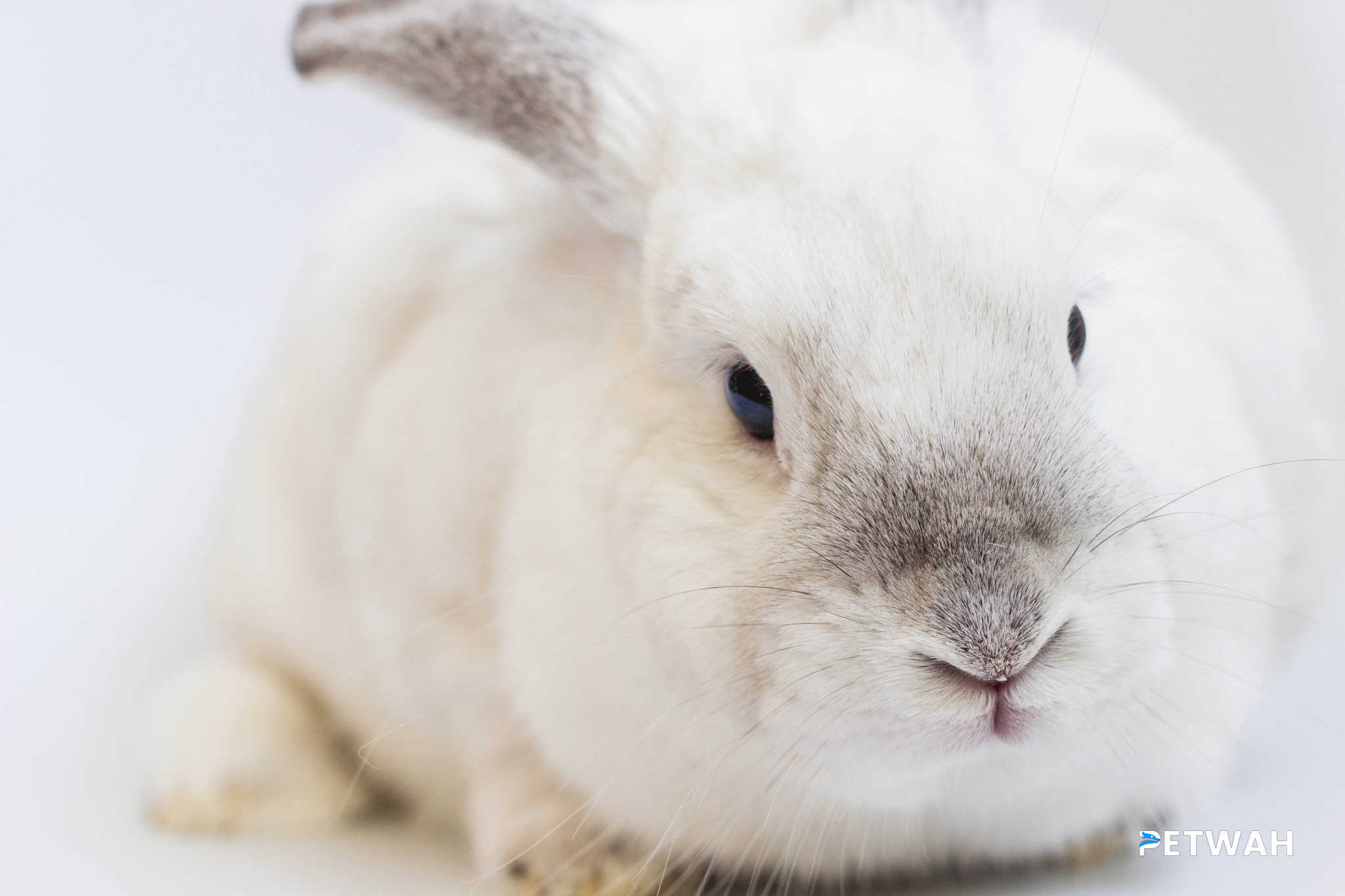
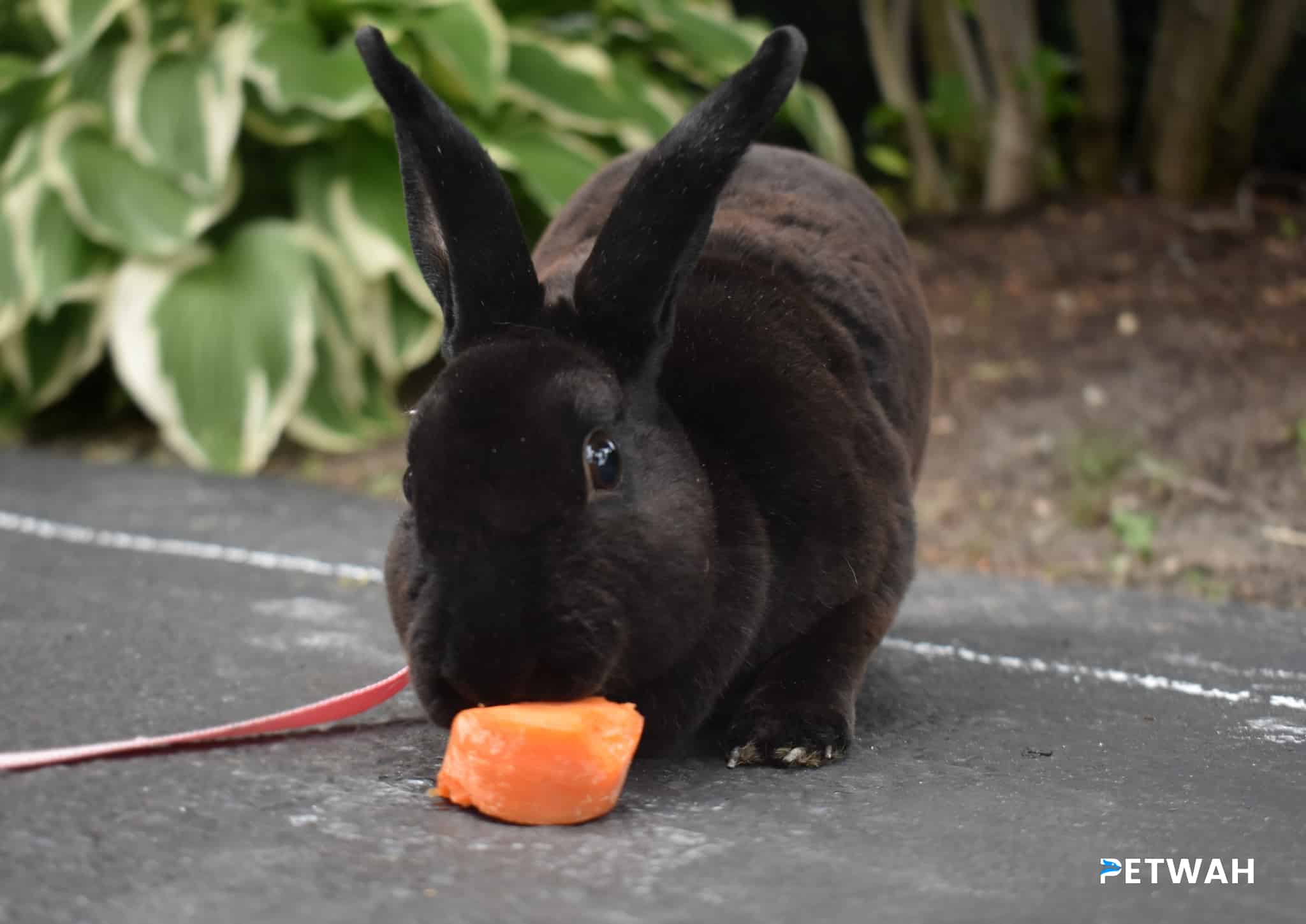
.jpg)
.jpg)
